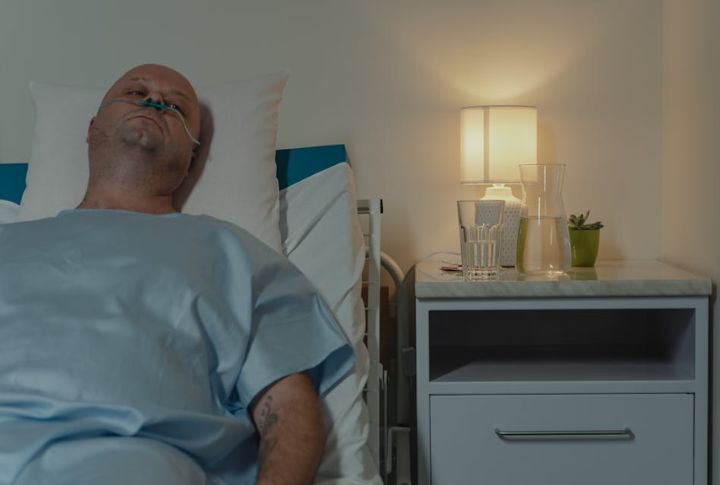
We’ve inherited countless beliefs about death that don’t hold up under scrutiny. These myths influence how we grieve and how we care for the dying. Yet most people never stop to question whether these widespread assumptions are actually true. It’s time to separate cultural folklore from medical reality. Read on to uncover which common beliefs about death are completely misleading.
Near-Death Experiences Prove The Afterlife
Near-death experiences provide powerful personal stories of visions and out-of-body sensations. Science explains these as the brain’s reaction to extreme stress and oxygen deprivation. While deeply meaningful to those who experience them, they don’t offer concrete proof of an afterlife.
Eyes Always Close At Death
Movies often show the deceased with eyes gently shut, but in reality, eyelids don’t always close naturally. Muscles relax unpredictably, and many bodies are found with eyes partially open. This myth comes from cinematic convention rather than biological fact, and it can surprise families who expect a peaceful image.
Death Is Always Painful
Does death always hurt? Most fears suggest it does, but experiences show peaceful endings are common. That’s because medical support and comfort measures can now ease discomfort and let transitions happen naturally. What feels terrifying in thought can sometimes be gentle in reality.
Talking About Death Hastens It
Superstitions often claim that speaking openly about death invites it sooner. In truth, conversations about mortality can reduce anxiety, strengthen family bonds, and help with practical planning. Far from hastening death, such dialogue often improves quality of life by removing fear and uncertainty.
Consciousness Vanishes Instantly At Death

Consciousness doesn’t always disappear immediately at death. Some individuals retain awareness in their final moments, allowing for brief reflection or connection. This gradual transition shows death as a process rather than an instant event, which offers families meaningful time together.
Grieving Has A Set Timeline
Society often pressures mourners to recover quickly, but grief follows no schedule. Each person’s emotional healing unfolds uniquely and unpredictably. Understanding this allows authentic mourning where memories and love persist naturally, free from external expectations or arbitrary deadlines.
Funerals Only Serve The Dead
Funerals provide essential support for the living, not just honoring the deceased. These gatherings create space for shared grief, communal support, and collective remembrance. They help survivors process loss together and begin their healing journey.
Fear Of Death Is Universal
Contrary to popular belief, not all people fear death. Some approach it with curiosity, bravery, or spiritual calm, which can be influenced by culture or personal reflection. Acknowledging this variability challenges assumptions and invites a broader understanding of human responses to mortality.
Death Always Happens Suddenly
Death typically unfolds gradually through subtle physical and emotional changes rather than striking unexpectedly. Recognizing these signs allows time for reflection and connection. This awareness transforms death from a shocking event into a process families can navigate with greater understanding and presence.
Death Ends All Biological Activity Instantly
Biological functions don’t cease simultaneously at death. Cells and organs shut down gradually over hours, with some processes continuing well after the heartbeat stops. This staged transition reveals death as an extended biological process rather than one decisive moment of complete cessation.

